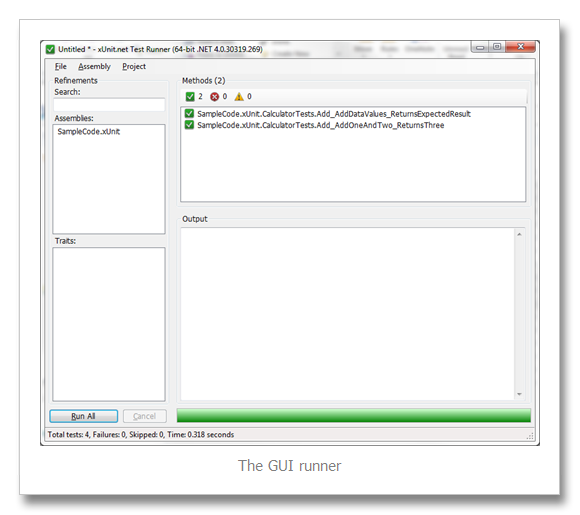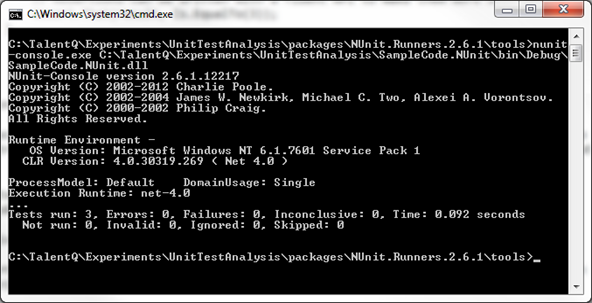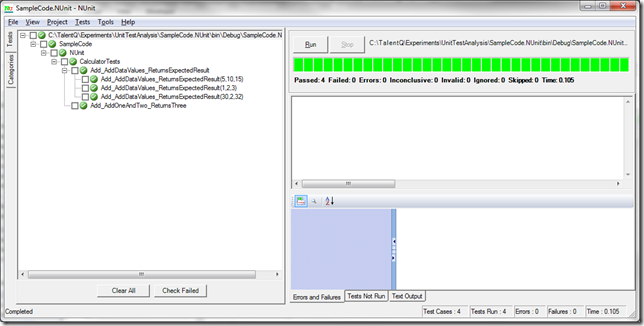This is the fourth part of my retrospective on my first year as a new father – though I’m starting to lag behind a bit now as my son is now nearly a year and a half old!
To view all the parts, please click on one of the links below:
This post focuses on…
The Accident
Looking back now, the first six months of my son’s life were actually quite uneventful. I would hear stories of his little friends picking up bugs and colds but he seemed as healthy as you could hope, which is something to be thankful for. He never had so much as a sniffle. When he was around 7 months old though he would be paying a visit to the hospital.
One morning my wife was carrying him down the stairs when she lost her footing and slipped, sliding on her back down several of them. It left her a bit bruised and for an adult that would kind of be the end of it – just shrug it off, since it wasn’t that serious – but my son was crying uncontrollably. We couldn’t figure out why as we checked him all over and couldn’t see any marks or bruises anywhere, but he simply wasn’t himself. Our initial thought was that the incident was too much of a shock for him, but after about an hour our instincts told us to get him checked out. As this was a Sunday calling the doctor was out of the question, so a trip to A&E it was.
After waiting for hours that afternoon we had several doctors check him out and the overall conclusion was that he was just in shock still. We did consider maybe a broken bone but pressing on any part of him seemed to illicit crying so no-one could tell. In the end we took him home and gave him Calpol to help him sleep through the night.
The next morning while I was at work my wife texted me to say she was taking him to our GP to get him seen again as he still wasn’t right, who then referred him back to the hospital to get an X-ray on his right leg. Around 4pm I got a call saying that he had a hairline fracture on his right femur and would need to be put in traction, which meant of course staying in the hospital. And that was the start of the week-long “holiday” on the children’s ward.
I left work early to run home and pick up a few overnight things for my wife and son and went straight to the hospital to see them. He was on baby morphine to help him with the pain and still was not himself. My wife was now constantly blaming herself for a) inflicting this on him, even though it was an accident that she could not have prevented, and b) not spotting his broken bone sooner, despite not having X-ray vision herself.
I watched him as the nurses put him in traction, basically by lying him in bed and wrapping bandages and splints around both legs then tying them to pulleys hanging above his bed; the aim was to keep the leg straight so that it would heal faster – there is no magic cure for broken bones, you simply have to let your body heal itself. Fortunately it was only a hairline fracture and, given his age and constant body development, he would heal a lot faster than an adult (he was well on the mend in a week, whereas it might take me months to heal the same wound).
I stayed with them for a few hours before leaving them for the night; my wife would be staying with him around the clock whilst I would still have to go to work each day. That night was actually the first time ever that I was separated from my son; as I walked past his bedroom at home that night I looked into it and it was empty for the first time, which made me feel more alone that I expected.
The Sleepover
So far it is all sounding doom and gloom, isn’t it? Well let me reassure you by showing you what my son looked like for the rest of the week.
As you can see after his first night in hospital he was pretty happy with life. And wouldn’t you be when you have toys surrounding you in your bed and CBeebies on tap? If anything it was harder on my wife, which I will get to.
As I still had to do my day job I was responsible for ferrying items to and from home for them and visiting them first thing in the morning before work and straight after work before going home. I would then get the luxury of sleeping at home, ready to start the routine all over again.
My wife on the other hand stayed with our son 24/7. He got a room on the ward meaning my wife could sleep on a sofa-bed with him. For five days in a row she lived on the ward with him. By the fourth day she was almost at breaking point and when the weekend finally came so I could take over she vomited on the way home through sheer exhaustion. When I did my weekend shift straight after work on the Friday night I could finally understand what it was like; the ward was never truly quiet, always having staff roaming around and coming in to do observations on my son, day and night. There was even another child on the ward who sounded a lot worse than our son; I would periodically hear uncontrollable screaming from down the corridor, so I don’t know how that child’s parents managed to survive.
But we did it for him because as parents that is simply our job; to put him before ourselves. And he seemed to be having a whale of a time, getting visits from his grandparents regularly and only getting bored now and again. Let’s face it, he could have been a lot worse.
Coming Home
After just over a week (and my wife having a weekend of sleeping at home while I took over) he finally got discharged. He was also getting sores from the bandages on his legs so had to come out of traction anyway but his leg had almost healed completely, we just needed to be careful how we positioned it and keep him on his back. My wife took him for check-up X-rays and a month later he was given the all clear.
In fact now we forget that it ever happened. He is so active and runs around all over the place that it is hard to imagine that his leg was ever broken; people even now ask us how his leg is and we have to think for a second as to what they mean.
Plus, as the doctor at the hospital pointed out to me, it is safe to assume that this will be the first of many accidents he may experience in his lifetime as kids will always get into scrapes in their continual quest to have fun.
Next time: One Year Old…





